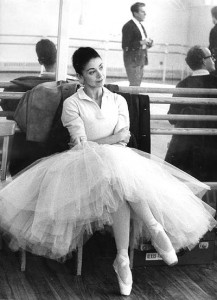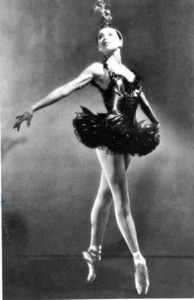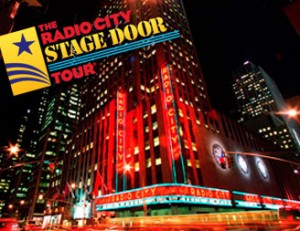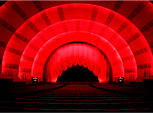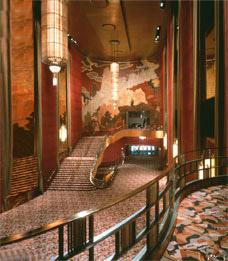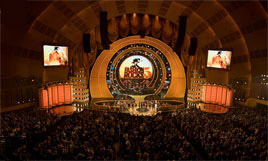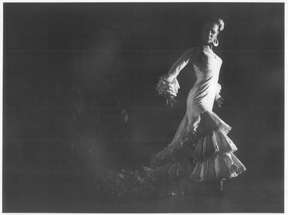After receiving an e-mail today, I wanted to share some links where people can find more information about American Tribal Style Belly Dance to learn more about its history…
- Fat Chance Belly Dance has several great pieces on their site with information about what ATS is and the history of this particular dance style.
- Gypsy Horizon Belly Dance has another good piece on the history of ATS.
- Important names in the development of this dance style include Jamila Salimpour, Masha Archer and Carolena Nericcio.
- If you have never seen this dance style before, check out this video clip from Fat Chance Belly Dance to get an idea of what it looks like.





